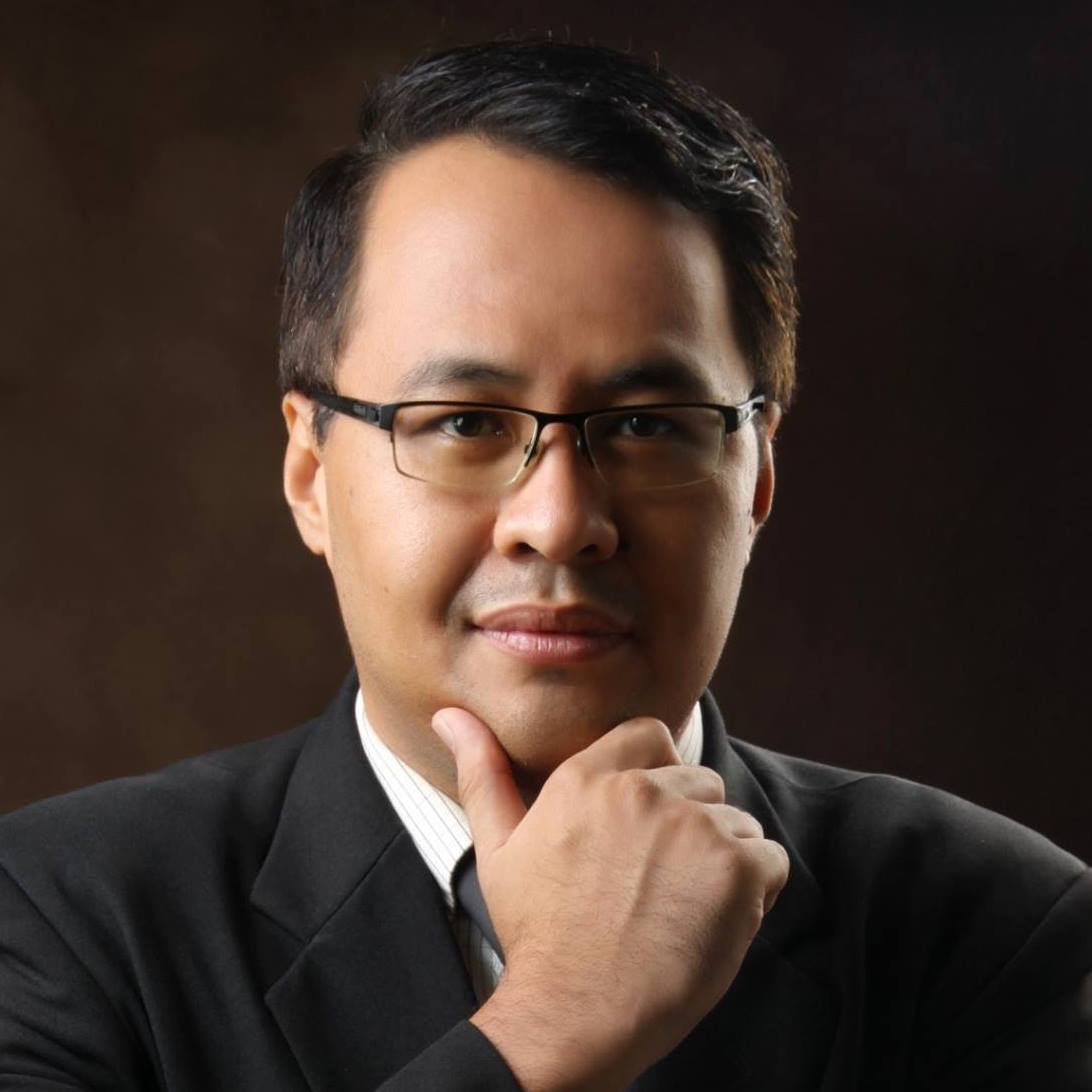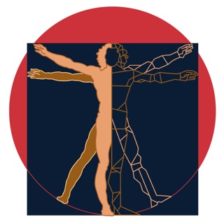“Quantum mechanics is certainly imposing. But an inner voice tells me that it is not yet the real thing. The theory says a lot, but does not really bring us any closer to the secret of the Old One. I, at any rate, am convinced that He does not throw dice.” – Albert Einstein
Whether we agree or not, we live in a world of order. Our world follows a set of rules and principles. The sun and moon just does not rise and set randomly, it follows a certain pattern. Seasons goes through certain cycles. What goes up must come down, and for every action there is always an equal and opposite reaction. Even how chaotic a system might be, there is always a certain “order” to it. Einstein’s quote above is often paraphrased as “God does not play dice with the universe”
To recognize the existence of such patterns and to make use of them will be certainly to our advantage.
In our study of law it cannot be denied that the preparations for the bar exams is given primordial concern. Preparing for the bar is not an easy task. Wouldn’t it be great if we would know in advance what particular article or subject area we should study? Is it even possible to know this?
The answer may be a yes or no. The science of probability and statistics is not an exact science. However it more or less gives us a general idea on things on what would be, though not what should be.
For this reason a group of senior law students has developed a five volume reviewer for the bar exams called the “LEX PARETO NOTES”
What is the “Lex Pareto notes” and why call is called such ?
A famous bar reviewer once said, that only 25 % of the articles in the Civil code are going to be asked in the bar exams. The rest of the 75 % will never be asked or if they will be, they will seldom be asked. He quipped “Magiging ka tawa-tawa ang bar exam pag kinuha sa 75 % sa civil code ang mga questions.”
Another very well known bar reviewer said that he topped the bar because he studied the previous bar exam questions and saw a “pattern” in the questions that are being asked. He even showed evidence concerning this matter.
This is what the Lex Pareto Notes is all about. The Lex Pareto Notes is based on the foundation laid down by Italian economist Vilfredo Pareto. If Pareto were alive today he could say that 20 % of the law are the questions that will most likely be asked in the bar exams, while approximately 80 % of it will rarely be asked or never asked at all.
Who is Pareto anyway ?
Vilfredo Pareto is an italian economist. In 1906 he observed that twenty percent of the people owned eighty percent of the wealth. Through that he created a mathematical formula to describe the unequal distribution of wealth in his country. After Pareto made his observation and created his formula, many others observed similar phenomena in their own areas of expertise. In the late 1940s, Dr. Joseph M. Juran a quality management pioneer based in the U.S attributed the 80/20 Rule to Pareto, calling it Pareto’s Principle. Dr. Juran reduced this universal principle into writing and gave another term for it the “Vital few, trivial many” principle.
So what does the “Pareto principle” really mean ?
The 80/20 Rule means that in anything a few (20 percent) are vital and many (80 percent) are trivial. For Pareto it meant 20 percent of the people owned 80 percent of the wealth. In Juran’s work he identified 20 percent of the defects causing 80 percent of the problems Project managers know that about 20 percent of the work consume 80 percent of time and resources. 80 percent of company sales will come from 20 percent of the sales people. 20 percent of the employee will cause 80 percent of the problems. The 80/20 Rule applies to almost anything, from management to the science. So why can’t we apply it in preparations for the bar exam?
How can observing the Pareto principle in the bar exam help you ?
The value of the Pareto Principle for a bar candidate is that it reminds you where to focus your study on. Of all the laws that you have studied and read, only 20 percent really matter in the bar exams. Those 20 percent make up 80 percent of the bar exam questions. With this in mind, a bar candidate should spend 80 % of his time studying the vital 20 %.
Some people say that we should not study hard but that we should study hard. Definitely that is true, however we should remember that it is more important to study smart on the right things.
The four volume work contains, graphs, statistics on how many times a question has been asked on a particular article. It will point out the applicability of the Pareto law in the bar exam questions. It also discusses the doctrines that were asked in the bar exams. The first four volumes corresponds to the subjects that will be given for the 4 Sundays of the bar exams. Volume 1 will be on Political law and Labor law. Volume 2 will be on Civil law and TAXATION. Volume 3 will be about Mercantile law and Criminal law while Volume 4 will be on Remedial law and Legal Ethics and Practical exercises. The possibility of publishing a 5th volume containing bar questions from 1990 to 2006 is still being studied as it may be too expensive to produce.
As of now Volumes 2, 3 and 4 is available for sale. Volume 1 will be made available by the 1st quarter of 2008. If you would like to know where you could be the Lex Pareto Notes 2007 edition check out our website at www.lexparetonotes.blogspot.com
 Hi ! my name is Zigfred Diaz. Thanks for visiting my personal blog ! Never miss a post from this blog. Subscribe to my full feeds for free. Click here to subscribe to zdiaz.com by Email
Hi ! my name is Zigfred Diaz. Thanks for visiting my personal blog ! Never miss a post from this blog. Subscribe to my full feeds for free. Click here to subscribe to zdiaz.com by Email
You may also want to visit my other blogs. Click here to learn more about great travel ideas.

Interesting and probably brilliant use of the Pareto Principle. It makes sense. You explain it and describe this resource really well.
Of all the intense study that goes into making bar review materials in the incredibly competitive bar review prep industry in California, I don’t think this approach has been used for the California Bar review.
And more’s the pity as the Cal Bar exam is notoriously difficult. Not to mention a test of endurance, one has three consecutive days of exam Hell with exhaustion becoming a major factor by the third day. I do not think the pass rate has ever been higher than 51% but I haven’t checked in recent years…
Essie